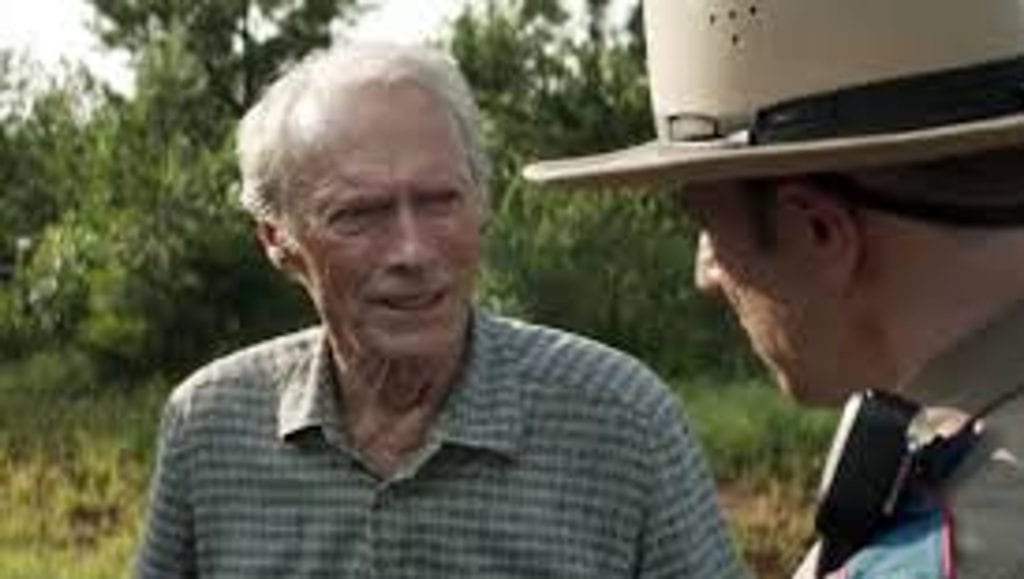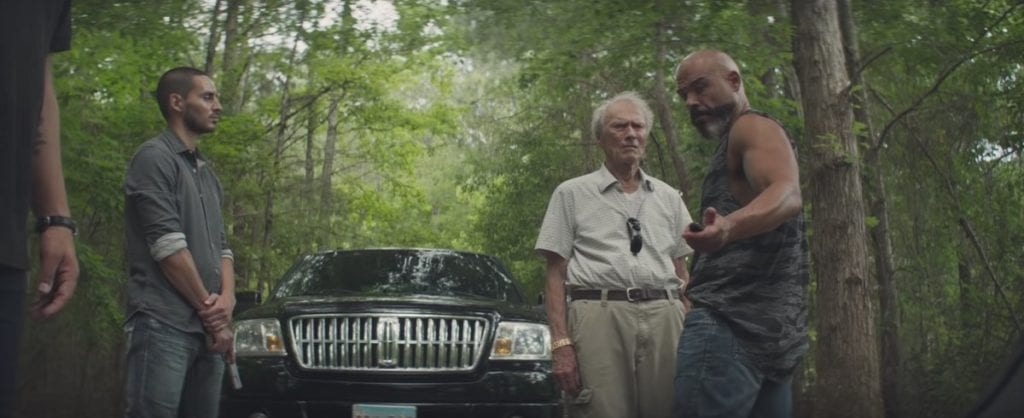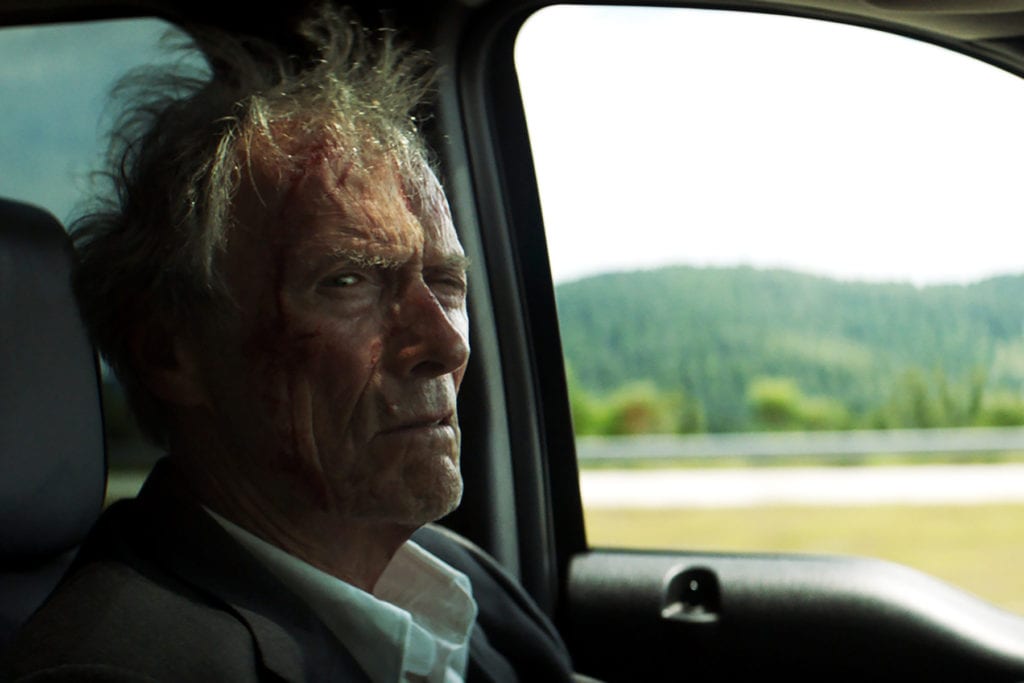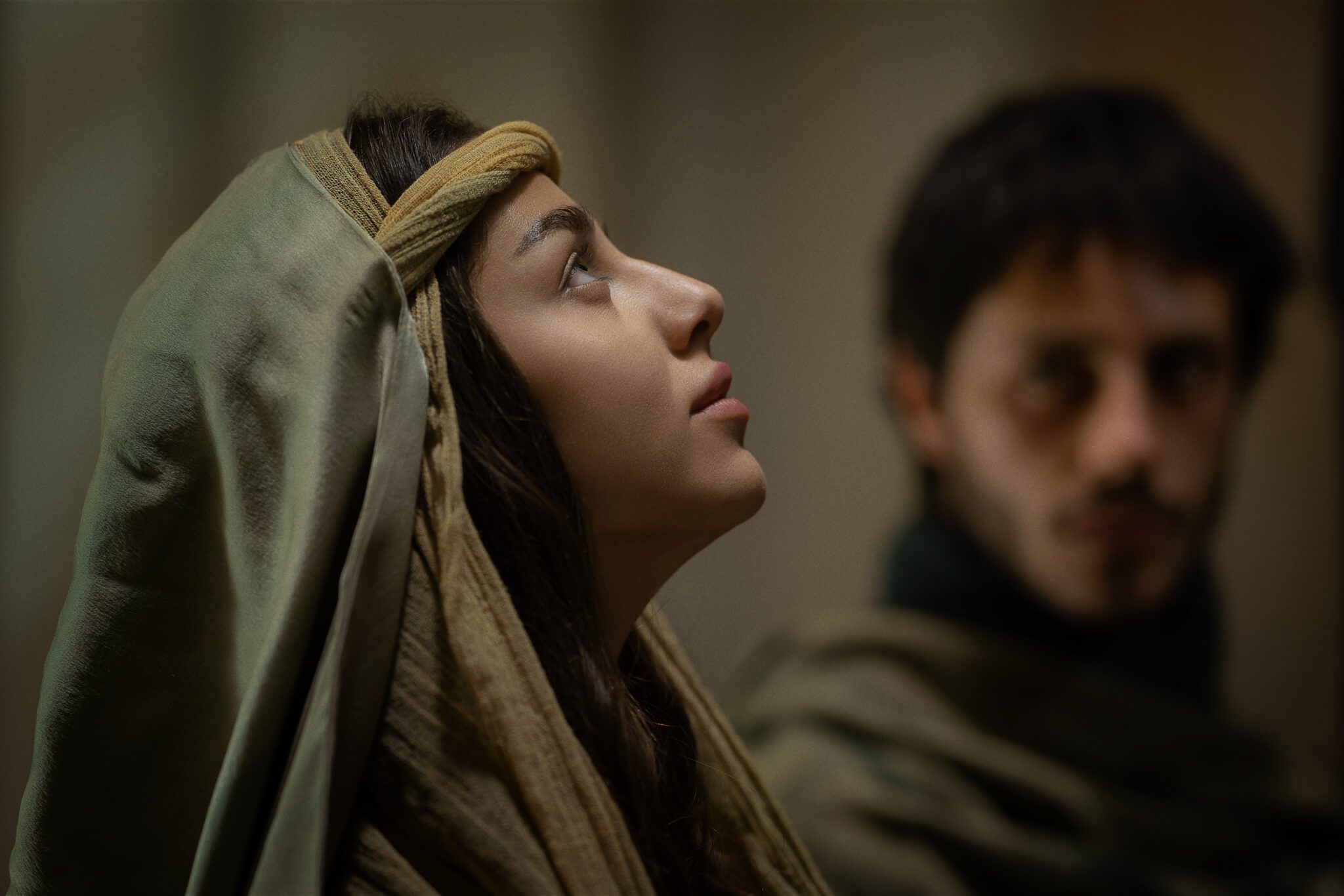 The sad reality is that every new Clint Eastwood film could be his last. After more than six decades on the Silver Screen, Eastwood?now eighty-eight?is fighting the one opponent he can?t beat?Father Time. There?s an obvious hitch in his step, a veritable roadmap of years and miles on his face. The gritty growl of Josie Wales and Dirty Harry has been replaced by the grandfatherly timbre of a genuinely remorseful Gus Lobel. But the charisma is still there, the charm as youthful as ever. And sometimes it?s tough to tell where the actor stops and the character begins. Such is the case with his latest effort, The Mule, where Eastwood seems like he was born (albeit nearly a century ago) to play his role.
The sad reality is that every new Clint Eastwood film could be his last. After more than six decades on the Silver Screen, Eastwood?now eighty-eight?is fighting the one opponent he can?t beat?Father Time. There?s an obvious hitch in his step, a veritable roadmap of years and miles on his face. The gritty growl of Josie Wales and Dirty Harry has been replaced by the grandfatherly timbre of a genuinely remorseful Gus Lobel. But the charisma is still there, the charm as youthful as ever. And sometimes it?s tough to tell where the actor stops and the character begins. Such is the case with his latest effort, The Mule, where Eastwood seems like he was born (albeit nearly a century ago) to play his role.
Once again helming the director?s chair, Eastwood stars as Earl Stone?a personification of real-life Detroit World War II vet Leo Sharpe, who began running drugs for a major Mexican cartel at the ripe old age of 87. Sharpe?s story as the world?s oldest living drug ?mule? was first chronicled in the New York Times Magazine back in 2014.
In the film, Earl (like the real-life Sharpe), is an aging horticulturalist in the twilight of a long and storied career. He?s spent years on the road, a bio-engineering rockstar who revels in the accolades of his colleagues and the trappings that come with each new city and each new seminar. He?s worked hard, but played hard, down on his financial luck thanks to burgeoning e-commerce that?s taken him from the only game in town to just another green thumb. Now he?s ostracized by a daughter who wants nothing to do with him and an ex-wife who never lets him forget how his family played second fiddle to his precious plants. The only relative who seems interested in reconciling is his granddaughter. After a thorough berating from the rest of his family during her engagement party, Earl is offered an opportunity to earn a quick buck?that will soon bloom into the most lucrative, most dangerous experiment of his life.

After spying Earl?s ancient, bumper-sticker-covered pick-up, a random party guest strikes up a conversation. When he learns that Earl?s never had a ticket after seventy years behind the wheel, he hands him a business card, promising easy money for merely driving. Earl takes the bait, arriving at a sketchy garage manned by a surly bunch of gun-toting heavies. They place a duffel bag in the bed of his truck, ordering him not to look inside. Then they give him a cell phone he?s to answer, whenever it should ring. Lastly, they order him to drive to a hotel a few states away, park, and leave his truck for an hour. When he returns, he finds an envelope full of cash in the glove box. A mysterious contact praises Earl?s job well done and recommends that he make another run for his employers. Earl initially declines, but once he sees the payout, he takes the offer. Three runs in, he discovers the true nature of his cargo: cocaine.

Earl knows he?s in deep with some bad dudes, but he never goes to the authorities or tries to bust up the ring, perhaps realizing he?s too small of a cog in a vast, dangerous machine. Instead, in a slanted-Messianic twist, he begins associating with the sinners, changing them, little by little thanks to his larger-than-life charisma. He doesn?t exactly convert them, but at least earns their respect and whittles their harder edges. And he uses the money he earns for good, footing the bill for the open bar at his granddaughter?s wedding and bankrolling renovations at his local VFW Hall.

His delivery routes turn into road trips, nostalgic reminders of his beloved cross-country career. It?s here that the slightly racist, slightly homophobic Earl himself is changed, offering his help to folks he?d usually avoid. It?s far from a Damascus-Road conversion, but at least it?s ninety-year-old baby steps in the right direction. The scenery and soundtrack shine in these sequences, putting the viewer right in the passenger seat alongside Earl. And it?s during these bits that we?like Earl?often forget the full gravity of Earl?s situation.
His increasing hauls attracts the attention of DEA Agents Bates (Bradley Cooper) and Trevino (the too-often underrated Michael Pena), though they have no idea they?re looking for an octogenarian offender. The few onscreen moments between Eastwood and Cooper are as smooth as if the two were actually chatting over coffee in a Waffle House?which they?well, you get the picture.

In the meantime, Earl earns forgiveness if not redemption. It?s a hopeful message that echoes the promise that there is still grace abundant for the truly repentant, regardless of how long they wait to accept it. But (as is often the case in the real world) we?re left wondering how different Earl?s life could?ve been if he?d have only sought reconciliation earlier.
The film ends as abruptly as Earl?s odyssey began, devoid of any ride-off-into-the-sunset credits. Surprisingly, the entire film feels a little understated, as if a big emotional or dramatic climax is always waiting, but never fulfilled. But therein lies the beauty of The Mule. Much like Earl, there’s not a lot of flash and complexity; what you see is what you get. There are moments that could?ve been embellished with heavier dialogue or internal conflict. Instead, we?re left with what feels to be a genuine narrative; a feasible matter-of-fact storyline. It?s an outside-looking-in perspective on Earl?s authentic, awkward right and wrong turns. It?s an unconventional ride, but the drama is in the journey.
Let?s hope there?s still a few miles left on the old truck.
On Warner Bros.’ Blu-ray combo pack, there’s Toby Keith’s “Don’t Let the Old Man In” music video, as well as the making of featurette that focuses in on Eastwood’s return to film as both actor and director.




